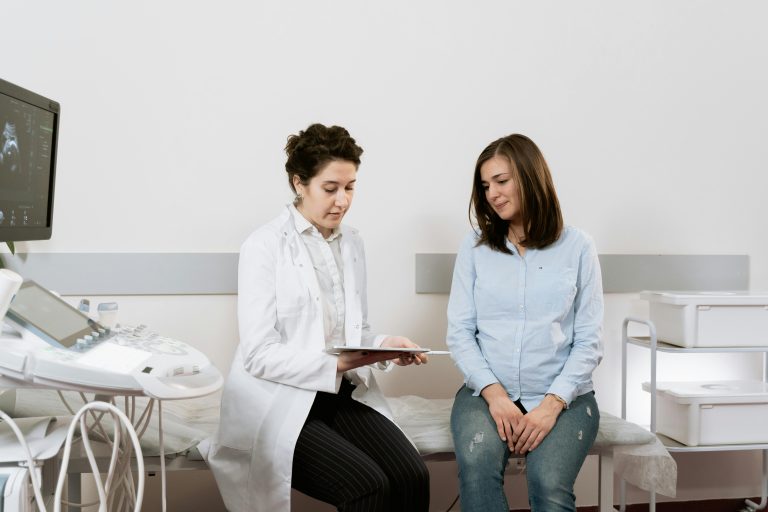
Symptoms and Diagnosis
Polymyalgia Symptoms and Diagnosis: A Complete Overview
An in-depth overview of polymyalgia symptoms and how diagnosis is approached through patterns, observation, and context.
More Articles

Symptoms and Diagnosis
Polymyalgia Symptoms and Diagnosis: A Complete Overview
An in-depth overview of polymyalgia symptoms and how diagnosis is approached through patterns, observation, and context.
More Articles
Most popular
More Articles

Polymyalgia Symptoms and Diagnosis: A Complete Overview
An in-depth overview of polymyalgia symptoms and how diagnosis is approached through patterns, observation, and context.

Best Time of Day to Take Prednisone for PMR: What People Commonly Say
Learn when people with PMR commonly take prednisone, why mornings often feel best, and how timing shapes stiffness, energy, and sleep.

Is PMR an Autoimmune Disease? How People Understand the Link
Is PMR an autoimmune disease? Learn how researchers and patients explain PMR’s immune-related nature without medical jargon.

Methotrexate and Polymyalgia: What People Commonly Report
Learn why methotrexate appears in polymyalgia discussions, what people commonly report, and how it fits into real-life PMR journeys.

Doctor Appointment Preparation Guide
Learn simple, non-medical ways to prepare for a doctor’s appointment with polymyalgia. Organize your thoughts, track patterns, and communicate clearly.
More Articles

Polymyalgia Symptoms and Diagnosis: A Complete Overview
An in-depth overview of polymyalgia symptoms and how diagnosis is approached through patterns, observation, and context.

Best Time of Day to Take Prednisone for PMR: What People Commonly Say
Learn when people with PMR commonly take prednisone, why mornings often feel best, and how timing shapes stiffness, energy, and sleep.





